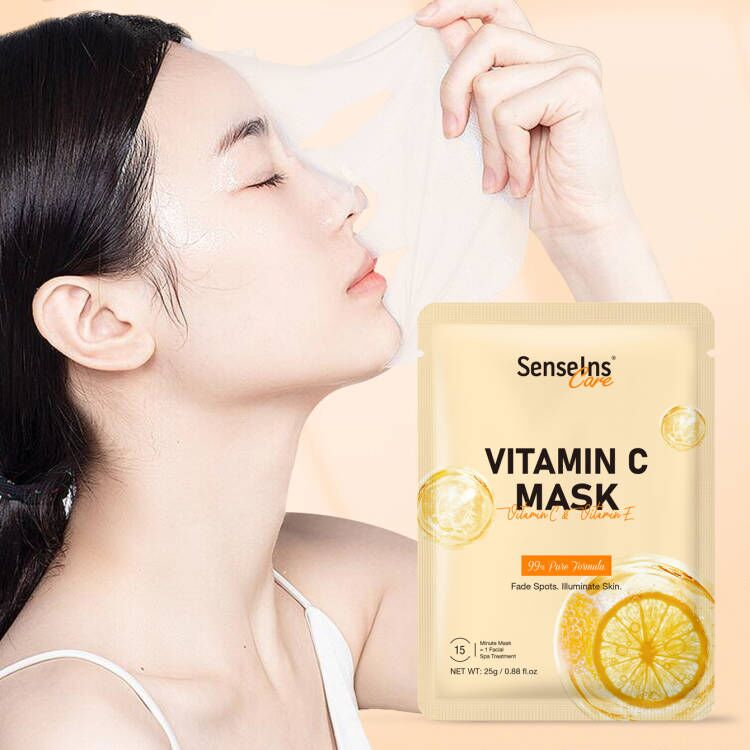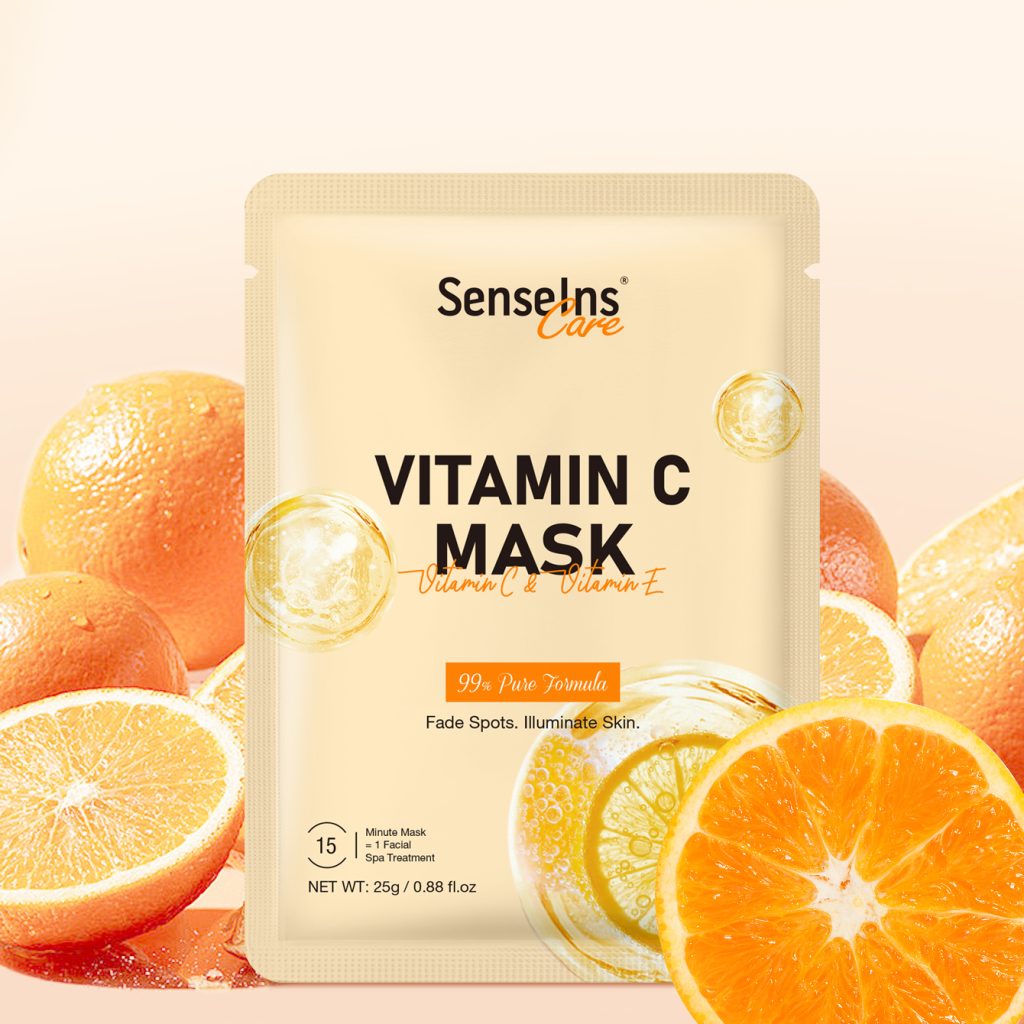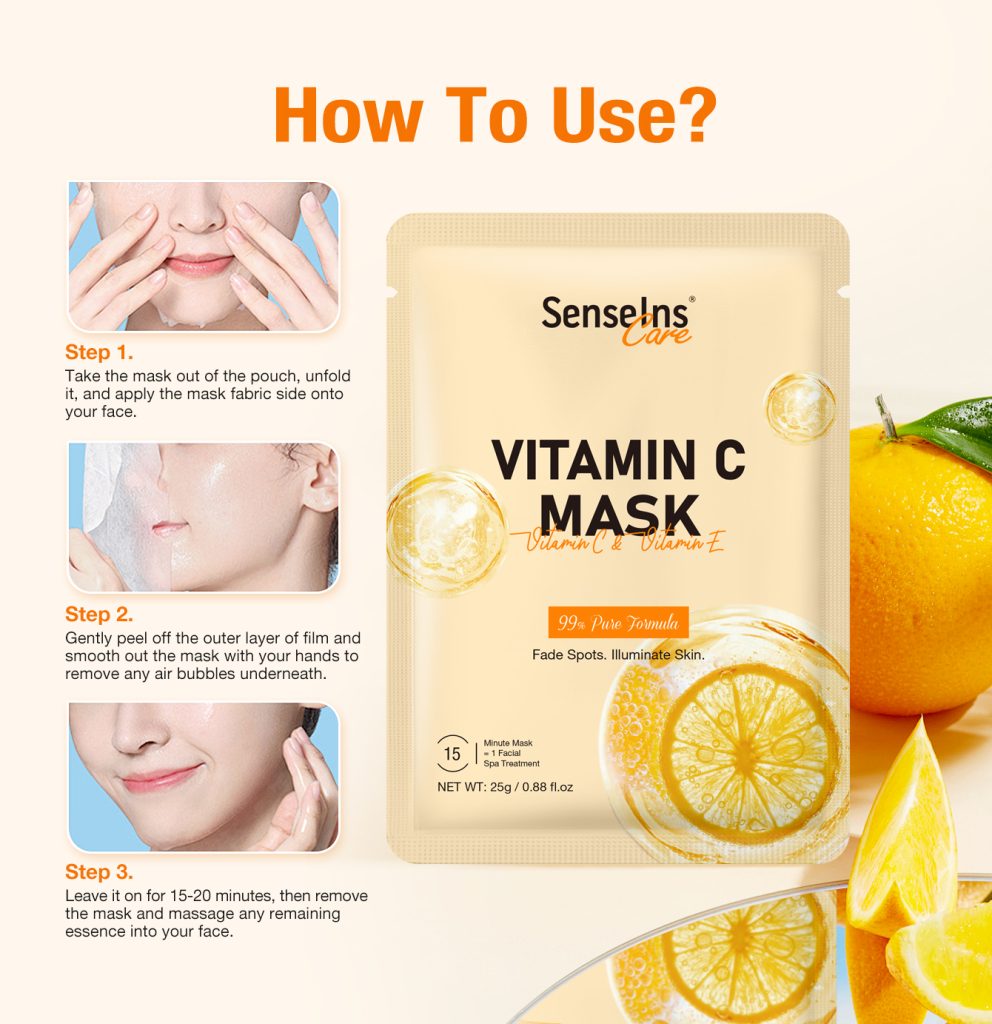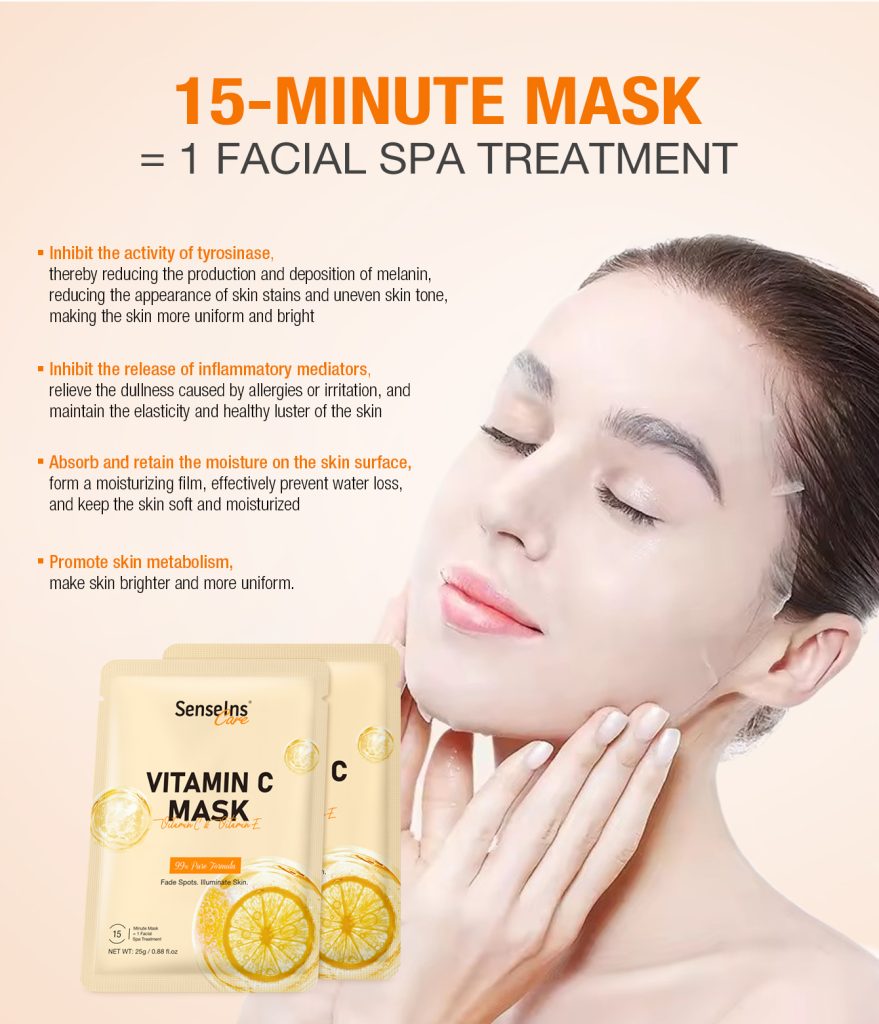Introduction
Acne, a skin condition characterized by pimples, blackheads, and cysts, affects millions globally and can have profound effects on an individual’s confidence and quality of life. For those struggling with acne-prone skin, choosing the right skincare solutions is essential. Facial masks, a popular addition to acne treatment regimens, offer targeted benefits that can help manage and improve acne symptoms. This article delves into the most effective facial masks for acne-prone skin, examining their ingredients, benefits, and tips for optimal usage.
Understanding Acne-Prone Skin
What Causes Acne?
Acne is primarily triggered by excess sebum (oil) production, which leads to clogged pores and subsequent bacterial growth. This process can be further complicated by inflammation. Various factors contribute to these triggers, including hormonal fluctuations (such as those occurring during puberty, menstruation, or pregnancy), dietary choices, high-stress levels, and genetic predispositions. Understanding these underlying causes is crucial for selecting the most effective treatments for acne-prone skin.

Characteristics of Acne-Prone Skin
Acne-prone skin is typically characterized by an oily sheen, sensitivity, and a tendency to break out in pimples and blackheads. This type of skin requires a thoughtful approach to product selection to avoid worsening the condition. Effective products for acne-prone skin should control oil production, reduce inflammation, and maintain clear pores without causing additional irritation or dryness.
Types of Facial Masks for Acne-Prone Skin
Clay Masks
- Ingredients: Kaolin and bentonite clay are common components.
- Benefits: Clay masks work by absorbing excess oil and drawing impurities from the skin. They also help to unclog pores and reduce inflammation, making them highly beneficial for managing acne. These masks can leave the skin feeling fresh and less greasy, contributing to a clearer complexion.
Charcoal Masks
- Ingredients: Activated charcoal is the primary ingredient.
- Benefits: Charcoal masks provide deep cleansing by attracting and trapping impurities and toxins from the skin. This detoxifying effect helps to clear out clogged pores and reduce acne outbreaks. Charcoal masks are particularly effective for those with congested or oily skin.
Salicylic Acid Masks
- Ingredients: Salicylic acid, a type of beta-hydroxy acid (BHA).
- Benefits: Salicylic acid masks are known for their ability to exfoliate the skin, removing dead skin cells and preventing pore blockages. They also have antibacterial properties that help to reduce acne-causing bacteria, making them an effective choice for treating and preventing acne.
Sulfur Masks
- Ingredients: Sulfur as the active ingredient.
- Benefits: Sulfur masks help to control oil production and exfoliate dead skin cells. They also possess antibacterial and anti-inflammatory properties, which help to combat acne-causing bacteria and reduce redness and swelling associated with breakouts.

Tea Tree Oil Masks
- Ingredients: Tea tree oil and other natural extracts.
- Benefits: Tea tree oil is renowned for its antibacterial and anti-inflammatory properties. Masks containing tea tree oil can help reduce acne-related inflammation and redness while soothing the skin. They are particularly beneficial for individuals with sensitive or inflamed acne-prone skin.
Hydrating Masks
- Ingredients: Hyaluronic acid, aloe vera, and other hydrating agents.
- Benefits: Hydrating masks provide essential moisture to the skin without clogging pores. They help to soothe irritation and balance oil production, which is crucial for maintaining a healthy skin barrier and reducing the likelihood of acne flare-ups.
Key Ingredients to Look for in Facial Masks
Benzoyl Peroxide
- Benefits: Benzoyl peroxide is highly effective in killing acne-causing bacteria and reducing inflammation. It helps to prevent new breakouts and can improve the overall appearance of acne-prone skin.
- Usage Tips: Start with lower concentrations (2.5% to 5%) to minimize potential irritation. Gradually increase as tolerated.
Niacinamide
- Benefits: Niacinamide, also known as vitamin B3, helps to reduce inflammation, enhance the skin’s barrier function, and regulate oil production. It is suitable for sensitive and acne-prone skin and can improve overall skin texture.
- Compatibility: Niacinamide is gentle and can be used in conjunction with other acne treatments.
Aloe Vera
- Benefits: Aloe vera is known for its soothing properties, helping to calm irritated skin and reduce redness. It also provides hydration and promotes healing, making it ideal for inflamed acne.
- Usage: Incorporate aloe vera-based masks to alleviate irritation and support the healing process.

Green Tea Extract
- Benefits: Green tea extract offers antioxidant protection and reduces sebum production. Its anti-inflammatory properties help to calm acne-prone skin and reduce redness.
- Application: Use masks containing green tea extract to soothe the skin and manage oil levels.
Glycolic Acid
- Benefits: Glycolic acid, an alpha-hydroxy acid (AHA), exfoliates dead skin cells, promotes cell turnover, and helps to unclog pores. It improves skin texture and can be effective for treating acne-related scars.
- Usage Considerations: Glycolic acid masks are best suited for those with non-inflammatory acne and should be used as directed to avoid over-exfoliation.
How to Choose the Right Facial Mask
Skin Type Considerations
Determine your specific needs based on your skin type—whether oily, combination, or sensitive. Avoid masks with harsh ingredients that may worsen acne or cause additional irritation. Choose products formulated for acne-prone skin that offer targeted benefits without compromising skin health.
Frequency of Use
Facial masks should be used according to your skin’s needs and tolerance. Overuse can lead to dryness and irritation, while underuse may not yield optimal results. Typically, using a mask 1-2 times a week is effective for acne management.
Patch Testing
Always perform a patch test before using a new facial mask to check for potential allergic reactions or irritation. Apply a small amount of the product to a discreet area of your skin and monitor for any adverse reactions over 24 hours.
DIY Facial Masks for Acne-Prone Skin
Simple Recipes
- Honey and Cinnamon Mask: Honey has antibacterial properties, and cinnamon has anti-inflammatory effects. Together, they help to combat acne and reduce inflammation.
- Oatmeal and Yogurt Mask: Oatmeal soothes the skin, while yogurt offers gentle exfoliation and hydration. This mask is ideal for calming sensitive or inflamed skin.
- Turmeric and Honey Mask: Turmeric is known for its anti-inflammatory and brightening effects, while honey provides moisture and antibacterial benefits. This mask helps to reduce redness and even out skin tone.

Benefits of DIY Masks
DIY masks allow for customization of ingredients to suit individual skin needs. They are cost-effective and enable users to avoid potential irritants found in commercial products. Preparing masks at home ensures control over the quality and freshness of the ingredients used.
Expert Tips for Using Facial Masks
Application Techniques
Proper application is key to achieving the best results. Begin with a clean face, apply the mask evenly, and avoid sensitive areas like the eyes and mouth. Follow the recommended time for leaving the mask on and rinse thoroughly with lukewarm water.
Post-Mask Skincare Routine
After using a facial mask, follow up with a hydrating moisturizer and sunscreen. This helps to maintain skin hydration, protect against UV damage, and prevent further irritation.
Combining Masks with Other Treatments
Facial masks can be integrated into a broader skincare regimen. Use them alongside topical treatments and medications as directed by a dermatologist. Ensure that the mask does not conflict with other treatments and is suitable for your skin’s needs.
Common Myths and Misconceptions
Myth: More Frequent Masking is Better
Frequent use of facial masks can lead to over-drying and irritation. Stick to the recommended frequency to avoid adverse effects and ensure the skin remains balanced.
Myth: Natural Ingredients Can’t Cause Irritation
Natural ingredients can still cause allergic reactions or irritation. Always perform a patch test before using new products, regardless of their natural status.
Myth: Facial Masks Alone Can Cure Acne
While facial masks can be beneficial, they are not a cure-all for acne. A holistic approach, including lifestyle changes, a balanced diet, and professional skincare advice, is necessary for effective acne management.

Conclusion
Summary of Key Points
Facial masks offer various benefits for acne-prone skin when chosen and used appropriately. Key options include clay, charcoal, salicylic acid, sulfur, tea tree oil, and hydrating masks. Important ingredients like benzoyl peroxide, niacinamide, aloe vera, green tea extract, and glycolic acid play crucial roles in treating and preventing acne.
Final Thoughts
Incorporate facial masks as part of a comprehensive acne treatment plan, considering both product choice and usage. For personalized recommendations and to address specific concerns, consult with a dermatologist to tailor your skincare routine to your unique needs.



